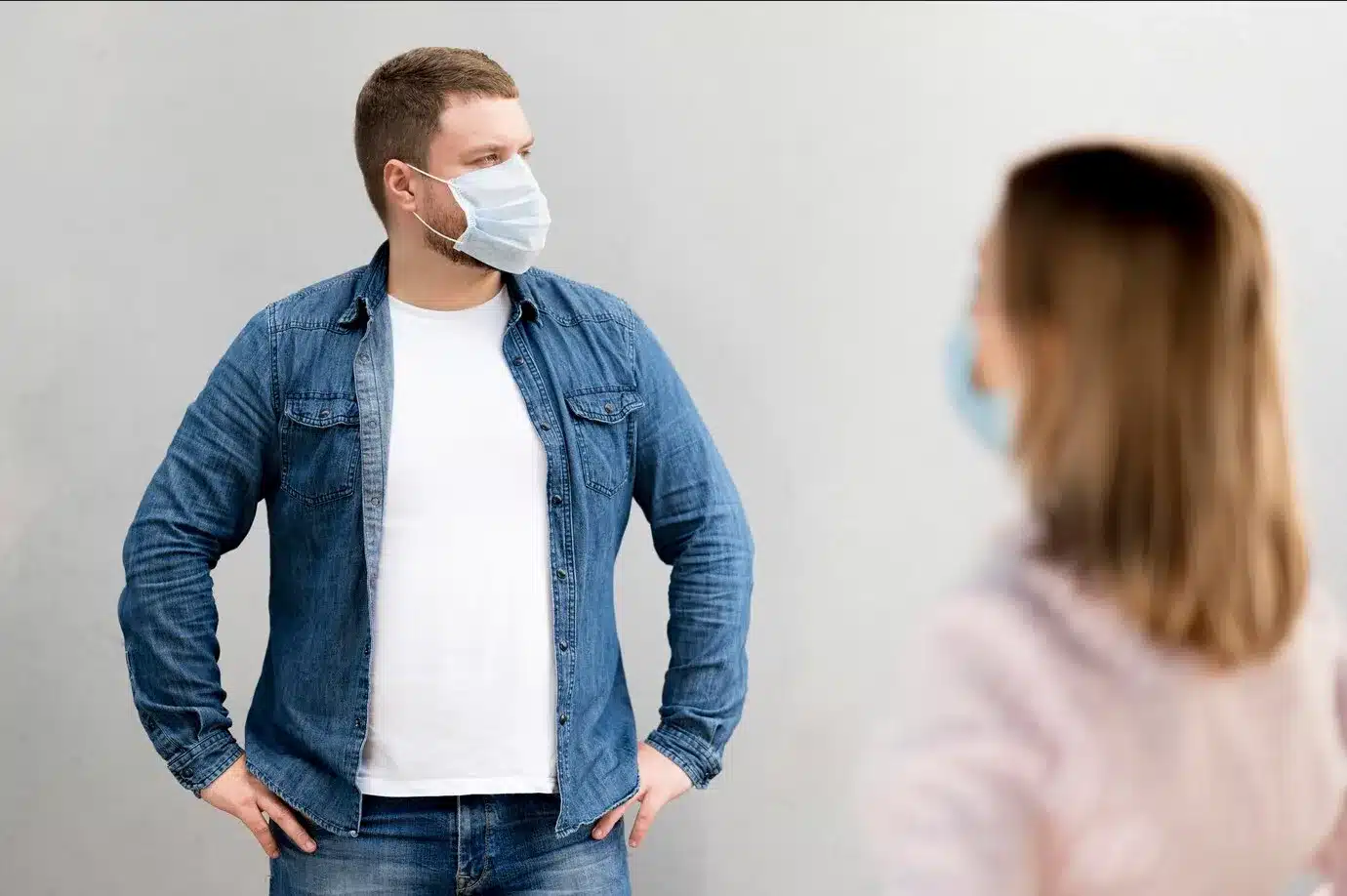Is Bali Belly Contagious? A Comprehensive Analysis
Bali Belly, also known as traveler’s diarrhea, is a common gastrointestinal illness that affects many tourists visiting Bali, Indonesia. Stomach cramps, nausea, vomiting, and diarrhea characterize it. One question that often arises is whether Bali Belly is contagious. In this comprehensive article, we will delve into the nature of Bali Belly, its causes, and transmission routes and provide insights into preventing its spread.

Understanding Bali Belly
Bali Belly is typically caused by ingesting food or water contaminated with bacteria, viruses, or parasites. The most common pathogens responsible for this illness include Escherichia coli (E. coli), Salmonella, Campylobacter, and various norovirus strains. These pathogens can enter the body through the consumption of contaminated food or water, improper food handling, or poor hygiene practices.
Bali Belly can also be contracted through exposure to unsanitary environments, such as contaminated surfaces or objects, including cutlery, dishes, or even the hands of an infected individual. Additionally, Bali’s warm and humid climate can facilitate the growth and survival of pathogens, further increasing the risk of contamination. It’s important to note that while anyone can be susceptible to Bali Belly, individuals with weakened immune systems, such as young children, older adults, and those with certain medical conditions, may be more prone to severe symptoms and complications. Understanding the causes and transmission routes of Bali Belly is essential in implementing effective preventive measures and promoting safe practices during travel.

Contagious Nature of Bali Belly
Bali Belly itself is not considered a contagious illness in the traditional sense. It is not transmitted directly from person to person through casual contact like the common cold or flu. Instead, the contagious aspect lies in the potential spread of the causative pathogens from an infected individual to others through various indirect routes.

Indirect Transmission Routes
In the case of Bali Belly, the contagious aspect lies in the potential spread of the causative pathogens through various indirect routes. These routes include contaminated food and water sources and poor sanitation and hygiene practices. Understanding these indirect transmission routes is crucial in preventing the spread of the illness and ensuring a safe and enjoyable travel experience.
- Food and Water: Contaminated food and water sources are the primary culprits in spreading Bali Belly. If infected individuals handle or prepare food without proper hygiene, they can transfer pathogens onto surfaces, utensils, or ingredients, which others can ingest. For example, if an infected food handler does not wash their hands after using the bathroom and then prepares food without proper hand hygiene, the pathogens can be transferred to the food, potentially infecting those who consume it. Similarly, drinking water from contaminated sources, such as tap water that needs to be adequately treated, can also lead to infection.
- Fecal-Oral Route: Poor sanitation and hygiene practices can contribute to the spread of Bali Belly. When infected individuals do not adequately wash their hands after using the bathroom, they may transfer pathogens onto surfaces, such as door handles, handrails, or objects with which others come into contact. If those individuals touch their mouths or consume food without washing their hands, they can become infected. Swimming in contaminated water sources, such as pools or recreational water bodies, can also contribute to spreading specific pathogens responsible for Bali Belly.

Preventing the Spread of Bali Belly
While Bali Belly is not directly contagious, taking preventive measures can significantly reduce the risk of contracting and spreading the illness:
- Maintain Good Hygiene: Frequent handwashing with soap and water, particularly before eating or preparing food, after using the bathroom, and after touching potentially contaminated surfaces, is crucial. Thoroughly lathering hands for at least 20 seconds and rinsing them properly is recommended. If soap and water are unavailable, alcohol-based hand sanitizers with at least 60% alcohol content can be an alternative. However, it’s important to note that hand sanitizers are less effective than proper handwashing in removing specific types of pathogens.
- Choose Food and Water Sources Carefully: Opt for food cooked thoroughly and served hot. Avoid consuming raw or undercooked seafood, unpeeled fruits, or salads that may have been washed with contaminated water. It is also recommended to drink bottled water and avoid consuming beverages with ice of uncertain quality. If you are unsure about the safety of tap water, using bottled or boiled water for brushing your teeth and rinsing your mouth can be a precautionary measure.
- Practice Safe Food Handling: If you are preparing your meals, ensure that all surfaces, utensils, and ingredients are clean. Wash fruits and vegetables thoroughly under running water; if possible, peel them before consuming. Cook food thoroughly, especially meat, poultry, and seafood, to kill any potential pathogens. Store perishable items at the appropriate temperature, usually refrigerated, to prevent bacterial growth. Avoid cross-contamination between raw and cooked foods using separate utensils and cutting boards.
- Stay Hydrated and Avoid Dehydration: Drink plenty of clean water to stay hydrated, especially in hot and humid climates. Dehydration can worsen the symptoms and prolong the duration of the illness if you become infected. It’s also important to replenish electrolytes lost through diarrhea and vomiting by consuming oral rehydration solutions or sports drinks that contain electrolytes.
- Seek Medical Attention if Symptoms Arise: If you experience symptoms such as diarrhea, abdominal pain, or vomiting, it is advisable to consult a healthcare professional promptly. They can provide appropriate treatment and advice to help manage the symptoms effectively. In some cases, antibiotics or anti-diarrheal medications may be prescribed. It’s important to note that self-medication should be avoided, as it may not be suitable or practical for the specific pathogens causing the illness.
While Bali Belly is not considered directly contagious, the causative pathogens can be transmitted indirectly through contaminated food, water, and poor hygiene practices. Taking preventive measures such as maintaining good hygiene, choosing safe food and water sources, and practicing safe food handling can significantly reduce the risk of contracting and spreading Bali Belly. By being mindful of these precautions, travelers can enjoy their visit to Bali with peace of mind and minimize the likelihood of falling ill with this common gastrointestinal ailment. Remember, prevention is critical when it comes to staying healthy while traveling.
Frequently Asked Questions
How is Bali Belly transmitted?
Bali Belly is mainly transmitted through the fecal-oral route, such as consuming contaminated food or water. It can also spread through contact with contaminated surfaces, objects, or close contact with an infected individual with poor hygiene practices.
Can I prevent Bali Belly?
While it may not be possible to entirely prevent Bali Belly, you can reduce your risk by adopting food and water safety measures, maintaining good personal hygiene practices, and consulting your healthcare provider about vaccinations or prophylactic medications before traveling.
What are the common causes of Bali Belly?
Bali Belly is commonly caused by bacterial infections (e.g., E. coli, Salmonella, Shigella), viral infections (e.g., norovirus, rotavirus), and parasitic infections (e.g., Giardia, Cryptosporidium).
When should I see a doctor for Bali Belly?
Seek medical help right away,or when you experience persistent or worsening symptoms after a few days, severe dehydration signs (e.g., dizziness, dark urine, sunken eyes), or a high fever.
How can I avoid spreading Bali Belly to others?
To minimize the risk of spreading Bali Belly, practice good hygiene, such as washing hands frequently with soap and water, especially before eating and after using the restroom. Avoid sharing food, utensils, or personal items with others, and maintain distance from those exhibiting symptoms.


